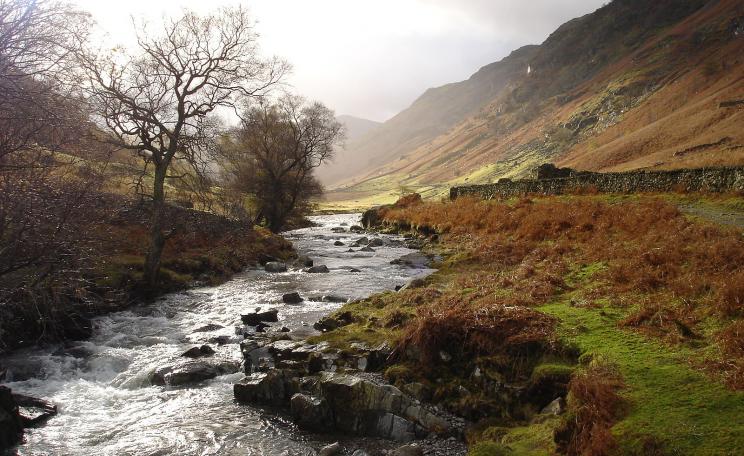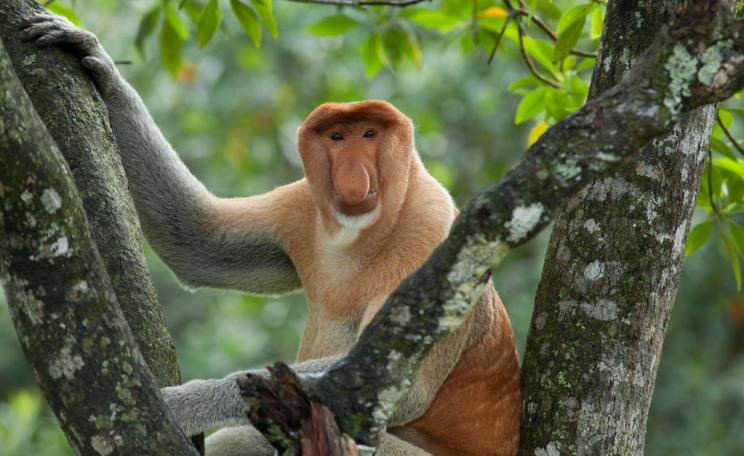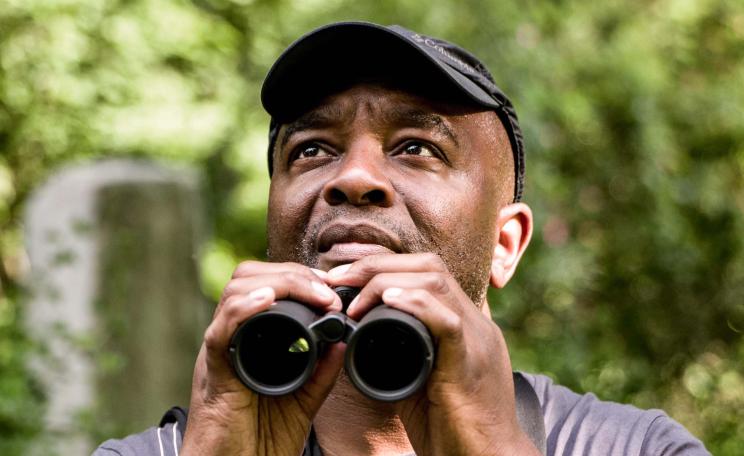Failing to address gender appropriately – or ignoring its importance entirely - has been a long-standing issue in conservation.
Biodiversity loss is endlessly complex: there is no one root cause, and the ‘solution’ can never be exactly replicated from place to place.
When we do talk about the main drivers of biodiversity loss, however, the main culprits that usually come up are infrastructure development, agricultural expansion, illegal hunting and unsustainable resource.
But what about the less spoken-about causes, the seemingly unrelated issues that are, ultimately, hugely significant?
Recovery
For me, one of the most damaging factors undermining efforts to tackle biodiversity loss - which must demand more attention - is gender inequality.
Gender inequality in conservation has, widely speaking, risen up the agenda in recent years, and I think we can say that some progress is being made.
We know that when women are involved in conservation - in the right ways (that’s another article entirely) – positive benefits can be seen for female empowerment and income, and in some instances can even help to combat gender-based violence.
We know that striving for gender equality in conservation is the right thing to do for women, communities and society. But we must also emphasise that it’s the right thing to do for nature.
On the face of it, actively involving women in conservation activities is important for biodiversity outcomes because men and women have different social roles, views and experiences.
Different people interact with biodiversity and natural resources in diverse ways, and therefore only by taking a genuinely inclusive approach can the best results be achieved.
Conflict
A landmark study by Bina Agarwal explored the impact of women's participation in community forest governance and showed that mixed male and female groups have the highest forest recovery rates, compared to all-male or all-female groups.
Agarwal found that when women actively participate in these groups - when they have influence and are properly listened to - it leads to improved governance, less conflict, more compliance, better patrolling, better enforcement, as well as better well-being outcomes.
Other studies have further demonstrated that women’s participation in natural resource management groups improves collaboration, conflict resolution and resource sustainability. Generally, improvements are seen all round.
Fundamental to these studies is that it’s women’s meaningful participation in mixed groups that is driving better conservation outcomes. Women bring things to the group that men don’t. But as a male group benefits from female inclusion, a female group will benefit from having male participants too.
Failing to address gender appropriately – or ignoring its importance entirely - has been a long-standing issue in conservation.
Money
Only by recognising the value that every individual brings to the table can true equality be achieved, and this is a theme that runs through any effective approach to gender in conservation. We cannot just look at women: we must consider gender holistically, and involving men is essential to this process.
Failing to address gender appropriately – or ignoring its importance entirely - has been a long-standing issue in conservation. So, how do we seek improvement going forward?
Like biodiversity loss, gender is a highly nuanced issue and finding effective solutions requires heavy investment – both of time and money.
Implementation
In what is seen as a positive turn for gender equality in conservation, the Kunming-Montreal Global Biodiversity Framework, agreed at COP15 in December 2022, not only included references to gender throughout the 23 action targets to be achieved by 2030, but, for the first time, included a standalone target on gender in conservation.
Target 23 tasks parties with ensuring “gender equality in the implementation of the framework through a gender-responsive approach where all women and girls have equal opportunity and capacity to contribute to the three objectives of the Convention…”.
Importantly, it champions “full, equitable, meaningful and informed participation and leadership at all levels of action, engagement, policy and decision-making related to biodiversity.”
This target is an important step forward, not least because it sets the foundation for countries around the world to raise gender higher on the agenda, whether that be through policy commitments, financing, or real-life impact on the ground.
Fight
The gender-responsive approaches described in the target go beyond the simple identification of gender issues to actively promoting equitable participation and distribution of benefits.
In the long term, my hope is that we can go one step further, and that these gender-responsive approaches develop into gender-transformative actions - promoting the systemic change that is imperative if we are to truly achieve gender equality.
Days like International Women’s Day give us an important opportunity to reflect on how far we’ve come and consider what the ‘ideal’ future will look like. Hopefully, in the not-too-distant future, gender equality in conservation – and the structural change needed to achieve it - will gain even greater weight on the global agenda.
For now, one thing is clear: conservation projects that don’t take gender into account – and don’t give women a real, active role in decision-making and implementation – risk increasing inequality.
And they also risk being under-informed and therefore less effective, undermining our efforts to tackle biodiversity loss. This is a fight we simply cannot afford to lose.
This Author
Helen Anthem is the senior technical specialist for gender at Fauna & Flora, an international wildlife conservation charity that works with partners worldwide to protect nature.




